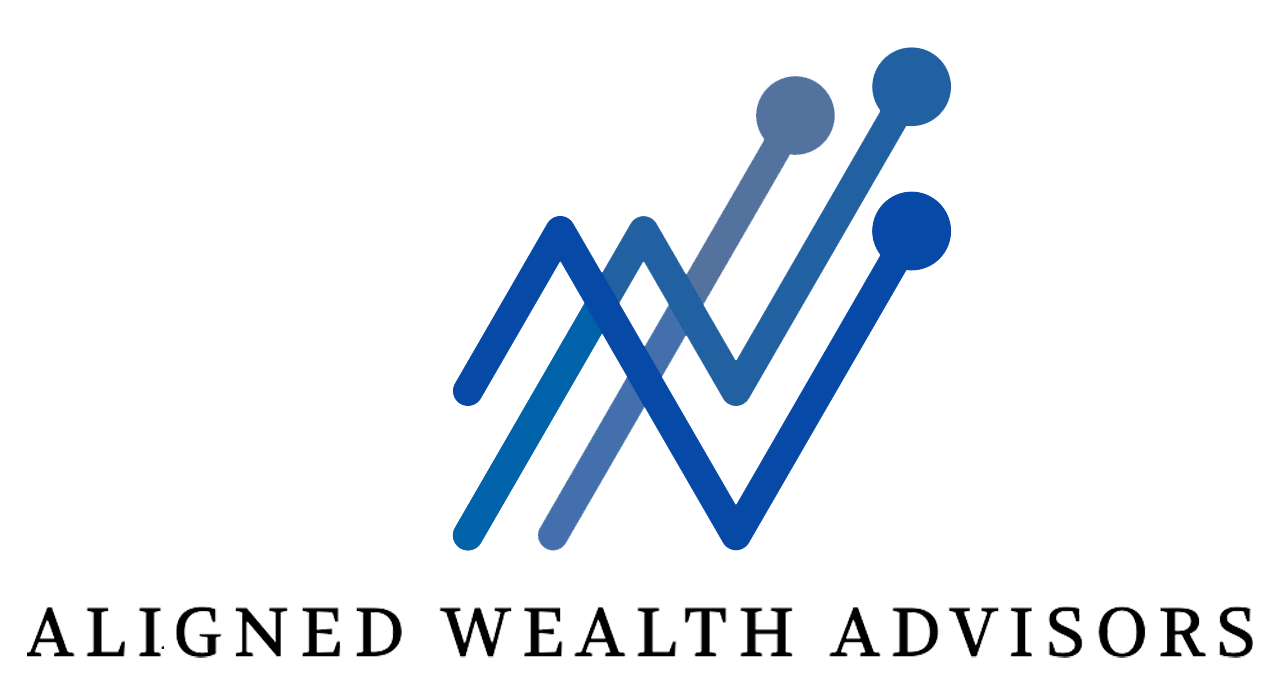Creating a Retirement Income Strategy: Managing Post-Career Cash Flow

In today's world, planning for retirement is more crucial than ever. With increasing life expectancies and the uncertainty surrounding Social Security and pensions, developing a robust retirement income strategy is essential for achieving long-term financial security.
At Aligned Wealth Advisors, we understand that creating a balanced retirement income plan involves integrating various income sources, including investments, pensions, and Social Security benefits. This blog will guide you through the steps of crafting a sustainable retirement income strategy that can help you manage your cash flow effectively in your golden years.
Understanding Your Retirement Income Needs
Before diving into the specifics of income sources, it’s vital to assess your retirement lifestyle and financial needs. Start by asking yourself:
- What are my essential expenses? This includes housing, healthcare, food, and transportation.
- What lifestyle do I envision? Consider travel, hobbies, and entertainment.
- When do I plan to retire? The age at which you retire will significantly impact your income needs.
Once you have a clear picture of your desired lifestyle and expenses, you can begin to identify how much income you’ll need to generate each month. A common rule of thumb is that retirees may need about 70% to 80% of their pre-retirement income to maintain their standard of living.
Key Components of a Retirement Income Strategy
1. Social Security Benefits
Social Security can be a cornerstone of your retirement income plan. The amount you receive depends on your earnings history and the age at which you choose to start claiming benefits. Claiming early may reduce your monthly benefit, while delaying it can increase your payments significantly.
Example:
If you wait until age 70 to claim Social Security instead of age 62, you could receive up to 76% more in monthly benefits.
2. Pensions and Annuities
If you're fortunate enough to have a pension from your employer, this can provide a steady stream of income throughout retirement. If you don’t have a pension or want additional security, consider purchasing an annuity to convert a lump sum into guaranteed monthly payments for life or a specified period.
3. Investment Income
Your investment portfolio will likely play a significant role in funding your retirement. A well-diversified portfolio that includes stocks, bonds, and other assets can provide growth potential and regular income.
- Dividends: Investing in dividend-paying stocks can generate regular income while allowing for potential capital appreciation.
- Bonds: Fixed-income investments like bonds provide stability and predictable interest payments.
4. Retirement Accounts
Withdrawals from retirement accounts such as 401(k)s or IRAs will also contribute to your cash flow during retirement. Be mindful of the tax implications; for instance, traditional IRA withdrawals are taxed as ordinary income while Roth IRA withdrawals are tax-free if conditions are met.
5. Part-Time Work or Side Hustles
Many retirees find fulfillment in part-time work or starting small businesses during retirement. This provides additional income and keeps you socially and mentally active.
Creating a Balanced Withdrawal Strategy
Once you've identified your income sources, it's time to develop a withdrawal strategy that ensures sustainability:
- The 4% Rule: Withdraw 4% of your portfolio annually to ensure it lasts for at least 30 years.
- Tax Efficiency: Withdraw from taxable accounts first to allow tax-deferred accounts to continue growing.
- Flexibility: Adapt your strategy as needed for life events such as health issues or market downturns.
Managing Risks in Retirement
Longevity Risk
The risk of outliving your savings is real. Strategies like annuities can provide guaranteed income for life.
Inflation Risk
Ensure your investments keep pace with inflation to avoid diminished purchasing power.
Market Volatility
Diversify investments across asset classes to mitigate market fluctuations.
Real-Life Example: The Johnsons' Retirement Plan
- Monthly Expenses: The Johnsons plan to retire at age 65 with an estimated expense of $4,000 per month.
- Income Sources: They anticipate receiving $2,000 from Social Security and $1,500 from their pension.
- Portfolio Withdrawals: To cover the remaining $500, they withdraw from their investment portfolio using the 4% rule.
By diversifying investments between dividend-paying stocks and bonds, the Johnsons create a stable cash flow while maintaining growth potential.
Conclusion
Creating a successful retirement income strategy involves careful planning and consideration of various factors such as Social Security benefits, pensions, investment income, and personal savings.
By diversifying your income sources and developing a flexible withdrawal plan, you can achieve the financial security needed to enjoy your golden years without worry.
At
Aligned Wealth Advisors, we’re dedicated to helping you navigate the complexities of retirement planning. If you're ready to take charge of your financial future or need assistance in crafting a personalized retirement income strategy,
reach out today!
Andrea Ward, CPA
Andrea has worked in the finance industry for nearly all of her professional life. Taking over the family business she continues to combine her tax and investment knowledge to leverage the investment power of money while reducing gains taxes paid to the IRS. She lives in the Fort Worth, Texas area, (although is happy to work with virtual clients all over the United States!) Andrea loves to travel and dabble in home decorating.
Matt Ward
Matt began helping clients in the insurance industry. However, he struggled with big business’s emphasis on selling rather than helping, so he came to work with the family business focusing on investment advisory. In his free time, he shreds the gnar on his snowboard and jams on drums and guitar (but not at the same time).




